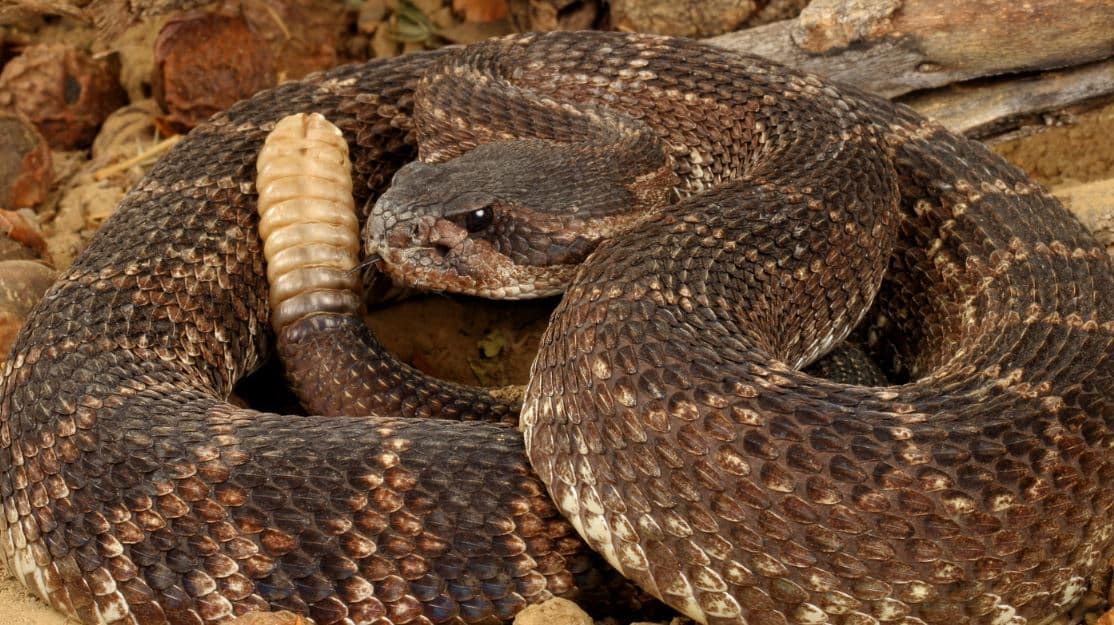This section has been highlighting noise of all types. Unscientific polls in our offices asked clients on their preference for noisy (20% voted for it) or silent (80%want it) lifestyles. In general, the research and the readers agree that noise distracts, interferes with speech understanding, and contributes to cognitive overload.
All well and good, but whether you LIKE noise or not, it is certain that there are some noises you NEED to hear to ensure a good lifestyle. That’s where hearing aids come in handy. We usually think of hearing aids as a means of optimizing speech understanding, but an important secondary function of amplification is to give a person essential cues about his/her environment for purposes of orientation, identification, orientation, safety, and overall well being.
Below are a few categories of essential noises that you want to hear.
–Judy Huch, AuD
What is the Great Outdoors Calling to You?
A loud hissing noise stopped me as I pushed a screen door open the other night. I thought it was a sprinkler system gone wild but then paused to think of other possibilities. Good thing I heard it and paused. Coiled directly under the door was a rattlesnake in full hunting mode, very irritated with me for interrupting his pack-rat hunting. I had to get a flashlight and open the screen door to see him — all I could hear was a very loud rattle.
Fifteen minutes later he was still rattling to beat the band, no longer visible but easy to locate by directional hearing in the garden next to the 1st door. Hope he got that pack-rat! This video is the closest I’ve found of how “my” rattlesnake sounded:
Can You Hear the Call Well Enough to Guarantee Survival?
Hearing is absolutely important to humans and dogs when it comes to snake avoidance and healthy living. Between 7000-8000 people are bitten by rattlesnakes every year in the US. Few die, but almost all snakebite fatalities in humans are due to rattlesnake bites. Dogs are “20 times more likely to be bitten than people, and 25 times more likely to die” when bitten.
Oddly enough, the snake isn’t likely to hear you if you shout at it to go away. That’s because snakes in general, and rattlesnakes in particular, do most of their sensing by smell (in their nostrils, tongue and mouth), heat (radiant head sensor pits in their heads), and vision. Their eyes work just fine day or night, mainly for sensing movement. They lack ear canals and their middle/inner ears are primitive, used more to sense vibration than sound.
All of which got me pondering the psychoacoustics of the rattler’s warning sound. I was surprised to learn that this sound is probably the only animal sound in nature that has not been extensively measured and documented. We know the sound signatures of lion and elephant vocalization. Rattlesnakes don’t vocalize and perhaps that is why they haven’t been studied as thoroughly.
The rattle is a warning sound, not a form of complex within-species communication. Could be that, or maybe it’s as simple as the fact that many people, including hearing scientists, have an aversion to snakes. Dr. Wayne Staab, author of the above-linked lion and elephant posts, confirms that he doesn’t like snakes enough to seek them out and measure their rattles, even though he lives out in the wilds of Utah and is probably surrounded by snakes most of the time.
The following is what I could glean on rattlesnake rattler sounds. It’s not much and it’s not backed up by much science, but it’s a start.
- As the rattle gets longer, it also gets louder. A big rattlesnake’s rattle can peak at a frequency of 5,000 to 8,000 Hz … and can be as loud as 60 to 80 decibels.[1]
- Large snakes (e.g., diamondbacks) rattles are audible at a distance of up to 50 feet
- Click here for pictures and audio recordings of 29 different varieties of rattlesnakes
- According to Wikipedia references, “The muscles that cause the rattle to shake are some of the fastest known, firing 50 times per second on average, sustained for up to three hours.”
What You Need to Do
For years we’ve fitted farmers, ranchers, hikers, gardeners, and a few golfers who shoot into the rough, with hearing aids to help them hear and locate rattlers. Feedback from those folks is uniformly positive and none have reported stepping on a snake or getting a snake bite. But you need two hearing aids if you have hearing loss in both ears. That’s because you need to hear that snake with BOTH ears in order to localize his position. In the same vein, your hearing aids need to have directional microphones to ensure you enjoy the great outdoors in safety, especially here in Tucson, where I live.
Likewise, every year, responsible dog owners in Tucson take their dogs through snake training and retraining, which consists of operant punishment conditioning teaching dogs to avoid rattlesnakes by their smell and rattling sound.
[1] Berger C. Wild Guide Venomous Snakes. 2007. Mechanicsburg PA: Stackpole Books. p 33.







